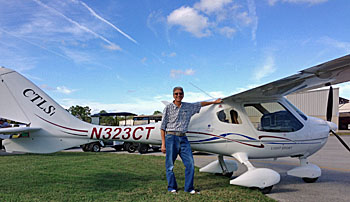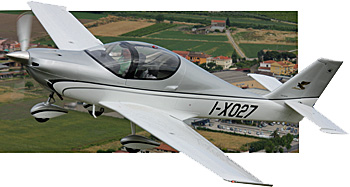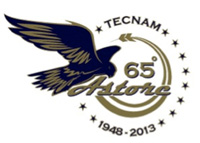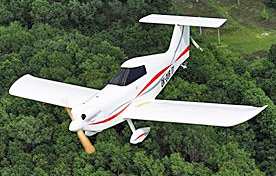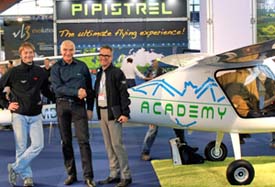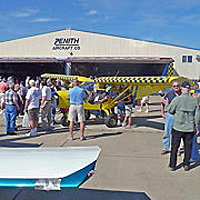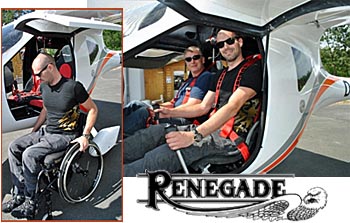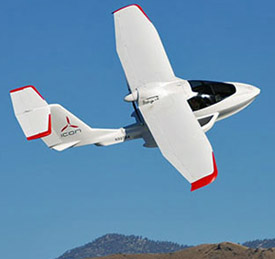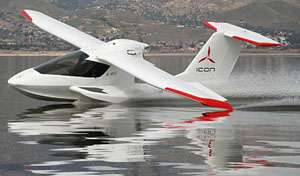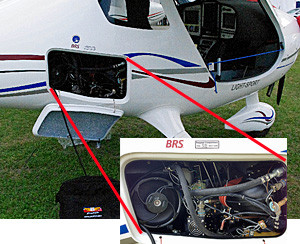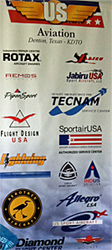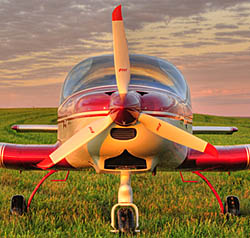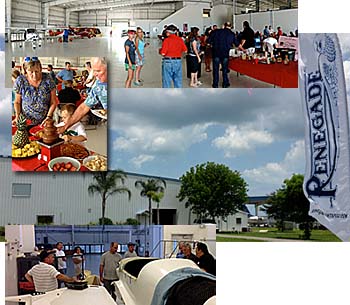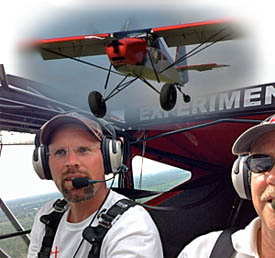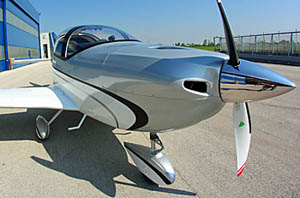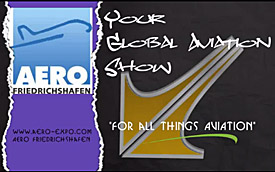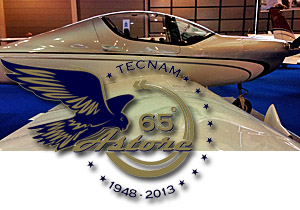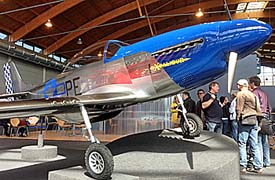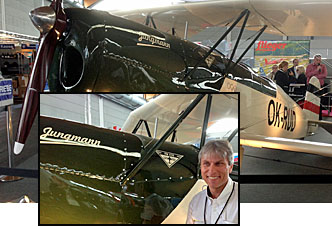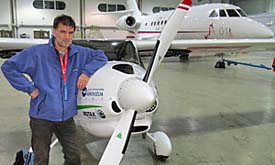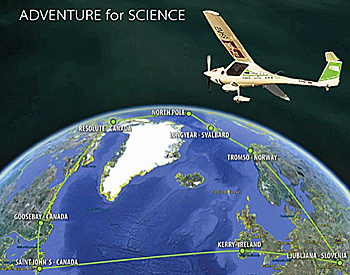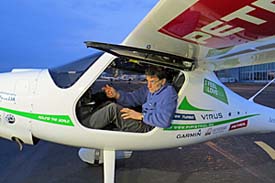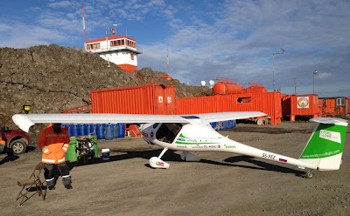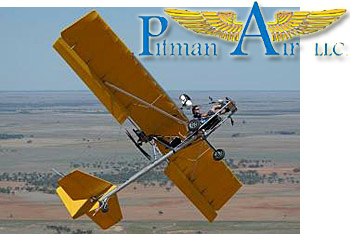 You might not be in the market for a super slow flying aircraft like Dragonfly that stalls at less than 20 mph. You might not care that Ed Pittman took the lead winning Special LSA approval on behalf of Australian businessman and hang gliding pioneer Bill Moyes and American Dragonfly designer Bobby Bailey. However, as a longtime hang gliding enthusiast, I can attest on behalf of many who enjoy soaring flight in hang gliders that Dragonfly is a critically important aircraft. The unusual aircraft was purpose designed to tow a hang glider aloft so it can be released — commonly at 2,000-2,500 feet and often right in a column of thermal lift — to allow it to achieve soaring flight without the benefit of a mountain from which to launch. One of the most successful aerotug airparks, called Wallaby Ranch, is located a few miles south of Disney World in Florida.
You might not be in the market for a super slow flying aircraft like Dragonfly that stalls at less than 20 mph. You might not care that Ed Pittman took the lead winning Special LSA approval on behalf of Australian businessman and hang gliding pioneer Bill Moyes and American Dragonfly designer Bobby Bailey. However, as a longtime hang gliding enthusiast, I can attest on behalf of many who enjoy soaring flight in hang gliders that Dragonfly is a critically important aircraft. The unusual aircraft was purpose designed to tow a hang glider aloft so it can be released — commonly at 2,000-2,500 feet and often right in a column of thermal lift — to allow it to achieve soaring flight without the benefit of a mountain from which to launch. One of the most successful aerotug airparks, called Wallaby Ranch, is located a few miles south of Disney World in Florida.Dragonfly 912 Becomes Newest SLSA #132

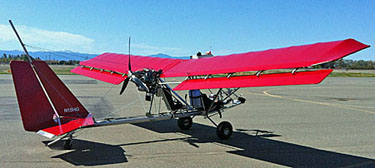
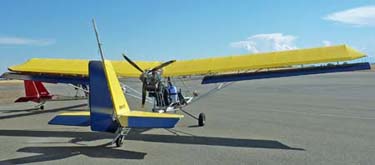
 You might not be in the market for a super slow flying aircraft like Dragonfly that stalls at less than 20 mph. You might not care that Ed Pittman took the lead winning Special LSA approval on behalf of Australian businessman and hang gliding pioneer Bill Moyes and American Dragonfly designer Bobby Bailey. However, as a longtime hang gliding enthusiast, I can attest on behalf of many who enjoy soaring flight in hang gliders that Dragonfly is a critically important aircraft. The unusual aircraft was purpose designed to tow a hang glider aloft so it can be released — commonly at 2,000-2,500 feet and often right in a column of thermal lift — to allow it to achieve soaring flight without the benefit of a mountain from which to launch. One of the most successful aerotug airparks, called Wallaby Ranch, is located a few miles south of Disney World in Florida.
You might not be in the market for a super slow flying aircraft like Dragonfly that stalls at less than 20 mph. You might not care that Ed Pittman took the lead winning Special LSA approval on behalf of Australian businessman and hang gliding pioneer Bill Moyes and American Dragonfly designer Bobby Bailey. However, as a longtime hang gliding enthusiast, I can attest on behalf of many who enjoy soaring flight in hang gliders that Dragonfly is a critically important aircraft. The unusual aircraft was purpose designed to tow a hang glider aloft so it can be released — commonly at 2,000-2,500 feet and often right in a column of thermal lift — to allow it to achieve soaring flight without the benefit of a mountain from which to launch. One of the most successful aerotug airparks, called Wallaby Ranch, is located a few miles south of Disney World in Florida.

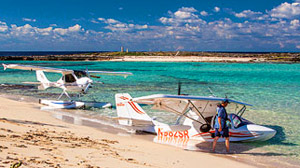

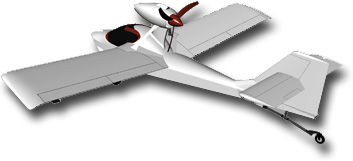
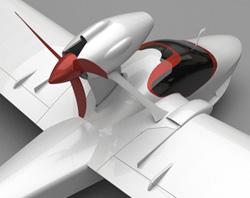


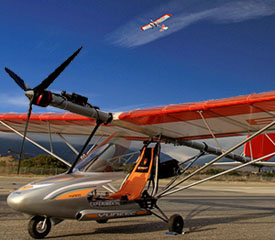 Once upon a time the light aircraft industry announced new manufacturers and models at the rate of two, three, or even more every month …for several years. As with every maturing industry before, this torrid pace had to slow. Yet the party isn’t over, far from it. Contrarily, I am aware of several new projects in the works and we all know of some (Icon, Terrafugia, Lisa among others) where companies have been working on their designs for some years but they have yet to secure FAA approval as a Light-Sport Aircraft. Neither has GreenWing International, a new company announced this week though that may change quickly enough.
Once upon a time the light aircraft industry announced new manufacturers and models at the rate of two, three, or even more every month …for several years. As with every maturing industry before, this torrid pace had to slow. Yet the party isn’t over, far from it. Contrarily, I am aware of several new projects in the works and we all know of some (Icon, Terrafugia, Lisa among others) where companies have been working on their designs for some years but they have yet to secure FAA approval as a Light-Sport Aircraft. Neither has GreenWing International, a new company announced this week though that may change quickly enough.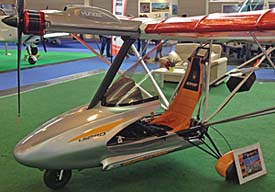 “Yuneec International, a world leader in electric power systems, is proud to announce the formation of GreenWing International, [which is] entirely focused on bringing the revolution of electric power to the global general aviation market,” announced company CEO Tian Yu. Enthusiasts following electric powered aircraft development first saw Yuneec’s e430 at AirVenture 2009. The Jiangsu-based company (just north of Shanghai) is very big in electric-powered radio controlled aircraft; their gyro-stabilized RC helicopters have sold in large numbers. Yuneec will continue to focus on developing technologies for electric motors and power systems, but GreenWing said it will handle production of the eSpyder and e430 electric aircraft. Since the first flights of its electric powered planes in 2009, Yuneec has been advancing its electric propulsion technologies, and all GreenWing aircraft will be powered by Yuneec electric propulsion systems.
“Yuneec International, a world leader in electric power systems, is proud to announce the formation of GreenWing International, [which is] entirely focused on bringing the revolution of electric power to the global general aviation market,” announced company CEO Tian Yu. Enthusiasts following electric powered aircraft development first saw Yuneec’s e430 at AirVenture 2009. The Jiangsu-based company (just north of Shanghai) is very big in electric-powered radio controlled aircraft; their gyro-stabilized RC helicopters have sold in large numbers. Yuneec will continue to focus on developing technologies for electric motors and power systems, but GreenWing said it will handle production of the eSpyder and e430 electric aircraft. Since the first flights of its electric powered planes in 2009, Yuneec has been advancing its electric propulsion technologies, and all GreenWing aircraft will be powered by Yuneec electric propulsion systems.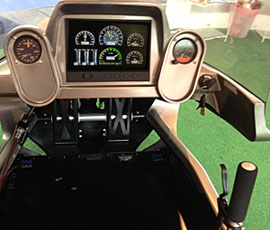 Since it showed the e430 four years ago, Yuneec acquired the design rights to the former
Since it showed the e430 four years ago, Yuneec acquired the design rights to the former 
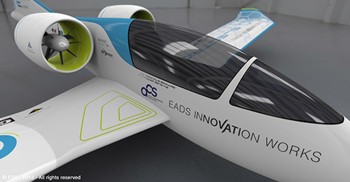
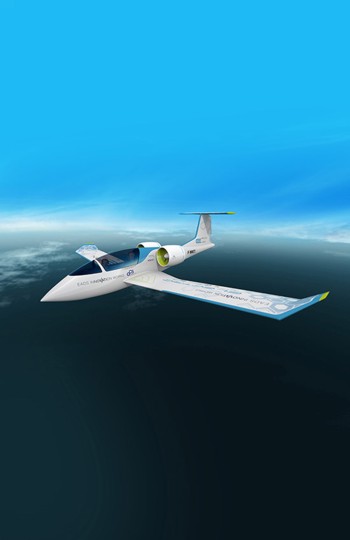
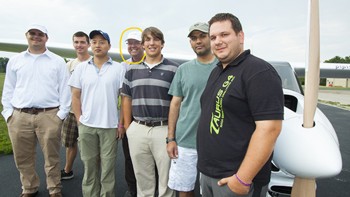

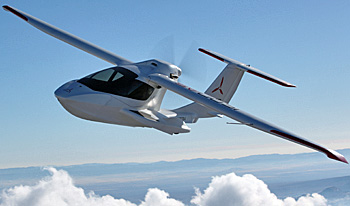


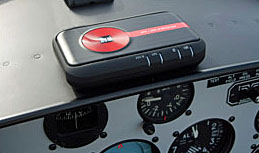

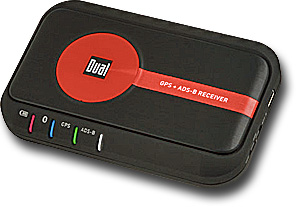


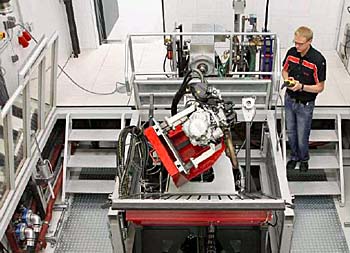 On a visit to Rotax near Wels, Austria in April this year, I was privileged to examine the immense Rotax engine factory and test facilities with executive
On a visit to Rotax near Wels, Austria in April this year, I was privileged to examine the immense Rotax engine factory and test facilities with executive 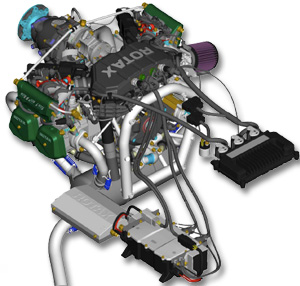 Most recently, I have been able to log more than 30 hours on the newest Rotax of all, the
Most recently, I have been able to log more than 30 hours on the newest Rotax of all, the 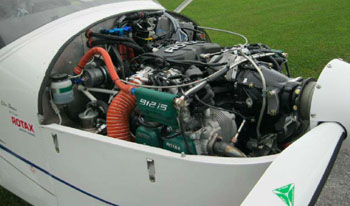 While the 912 iS is essentially the same engine as the carbureted 912 ULS, it has seen
While the 912 iS is essentially the same engine as the carbureted 912 ULS, it has seen 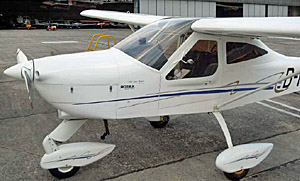 Rotax engineers have set the engines to run in what they call Eco mode (until 97% power is demanded). In common use, you’ll only need “Power” mode in takeoff phase. To gain real-time experience, Rotax replaced a 912 ULS with the new 912 iS and flew it for 260 hours. They tried to keep all other factors constant: the same airframe, similar speed, the same atmospheric conditions and temperature, the same fuel volume, and even the same pilot. Most comparison was done in a Tecnam P92 Echo Classic. One series of tests used 60-minute flights with five minutes taxi out and five back plus 50 minutes of pattern training work (doing seven landings), which they called the “flight training scenario.” The average burn was 2.65 gph. Over 260 hours of testing at a variety of altitudes consumption averaged 32.6% less (in a range of 26-36% lower consumption) burning an average 3.25 gph. In either mode, fuel use was substantially less at high altitudes. Rotax’s test plane is lighter than the LSA I used so fuel use was a bit lower than what I typically see. I’ll probably get better at maximizing fuel economy. However, even at my use experience in an airplane that weighs 280 pounds more, the 912 iS is simply excellent on fuel burn. That’s more flying for less money … and that’s a great thing.
Rotax engineers have set the engines to run in what they call Eco mode (until 97% power is demanded). In common use, you’ll only need “Power” mode in takeoff phase. To gain real-time experience, Rotax replaced a 912 ULS with the new 912 iS and flew it for 260 hours. They tried to keep all other factors constant: the same airframe, similar speed, the same atmospheric conditions and temperature, the same fuel volume, and even the same pilot. Most comparison was done in a Tecnam P92 Echo Classic. One series of tests used 60-minute flights with five minutes taxi out and five back plus 50 minutes of pattern training work (doing seven landings), which they called the “flight training scenario.” The average burn was 2.65 gph. Over 260 hours of testing at a variety of altitudes consumption averaged 32.6% less (in a range of 26-36% lower consumption) burning an average 3.25 gph. In either mode, fuel use was substantially less at high altitudes. Rotax’s test plane is lighter than the LSA I used so fuel use was a bit lower than what I typically see. I’ll probably get better at maximizing fuel economy. However, even at my use experience in an airplane that weighs 280 pounds more, the 912 iS is simply excellent on fuel burn. That’s more flying for less money … and that’s a great thing.
